On February 10th, the U.S. Department of Energy (DOE) announced $74 million for 63 selected projects to research, develop, and test energy-efficient and flexible building technologies, systems, and construction practices to improve the energy performance of our Nation’s buildings and electric grid. Awardees include National Laboratories, universities, small businesses, and industry partners.
America’s 125 million residential and commercial buildings use more energy than any other sector in the United States, accounting for 40% of the Nation’s energy use and nearly 75% of its electricity consumption. The research partnerships announced today will pursue new technologies to enhance the energy productivity of buildings and improve the capacity of buildings to operate more flexibly.
“DOE is accelerating its quest to improve the energy productivity and flexibility of America’s residential and commercial buildings,” said Assistant Secretary of Energy Efficiency and Renewable Energy Daniel R Simmons. “We’re renewing our commitment to develop state-of-the-art building technologies that will empower Americans with more options to enhance buildings performance quickly without disruption to their lives.”
Many of the projects announced today will advance technologies to unlock deep energy savings through grid interactive efficient buildings and advanced building construction technologies and practices, without sacrificing the comfort of building occupants or the performance of labor-saving devices and equipment. For example, the grid interactive efficient building projects will make advances in technologies to link buildings to one another across the internet and the power grid, which would enable a greater degree of flexibility over conventional buildings to reschedule operations to periods of the day when energy is cheaper and more efficient to use.
Crucially, those projects are also required to address the cybersecurity of flexible buildings and verify the performance of their equipment. Other projects will focus on developing novel thermal energy storage materials, advancements in non-vapor compression HVAC technologies, fuel-driven building equipment, and solid-state lighting.
Learn more about these projects from the Office of Energy Efficiency and Renewable Energy HERE and HERE.
